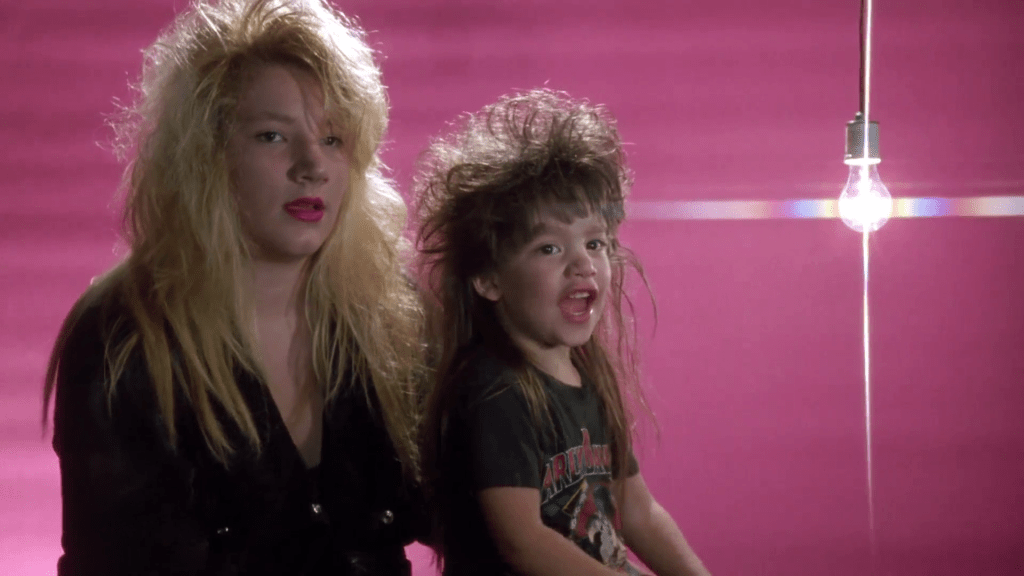
Hiroyuki Sanada is a recognisable Japanese actor from Hollywood productions like The Last Samurai and John Wick 4, always giving a sense of dignity and substance to even mainstream action cinema clearly beneath his talents (Bullet Train, Mortal Kombat remake). In previous decades, there were leading roles in Japanese cinemas throughout the 1980s onwards. Round About Midnight (1999; Mayonaka made) was a discovery to me through a list of Asian movies available to watch on YouTube.
One of four movies directed by artist and illustrator Makoto Wada, the camera in Round About Midnight takes in the urban nightlife, floating from a shady deal in a multi-level car park to a late night jazz bar. The windows open to allow the camera through, which settles in to bask in Sanada as Koji, a jazz trumpet player, leading his own quintet into a version of ‘Round Midnight’ to a seated audience. When Koji takes a cigarette break before his next set at midnight, he inadvertently stumbles across two suits – played by Ittoku Kishibe (13 Assassins) and Jun Kunimura (The Wailing) – threatening the life of Hong Kong immigrant Linda (Michelle Reis from Wong Kar-wai’s Fallen Angels). As bullets fly and switch-blades are flicked, Linda and Koji run off into the night, caught in a criminal operation that has murdered a night-club accountant. The only hope for Koji and Linda to save their necks and clear their names is to find the accountant’s evidence that would expose these crooks. All throughout the night, Koji holds onto his prized trumpet, hoping that he can return to his midnight gig (a jazz legend from the US is rumoured to be in attendance). But he’s also continually torn to help Linda amidst their growing connection from strangers to kindred spirits.
Round About Midnight is a noir romance and a charming caper, which feels indebted to a sensibility from older eras of the genres. Noboru Shinoda’s cinematography captures the red glare of neon signs, amber hues of street lights and the greenish tint of wet roads. Sanada and Reis have great chemistry, and are watchable leads. Supporting characters and bit parts all have an amusing flourish or detail – using the one night structure, the film creates its own nocturnal universe, brimming with charm and bittersweet notes. Similar to One From The Heart, Round About Midnight feels like a filmmaker creating their own late night jazz city dreamscape that the audience is invited to sit in and soak up. Looser though, offering momentum and slapstick as the couple darts through streets and rooftops. Even taking a time out for a heart-to-heart and an impromptu music duet in the back of a delivery truck. And of course, there’s a great soundtrack of jazz.
This is the first film I’ve seen by Wada and he just nails the noirish tone with a comic energy, never overplayed or overheated. Am keen to see his previous film with Sanada, Kaito Ruby, which looks even more comedic. Available to watch on YouTube. Recommended.



